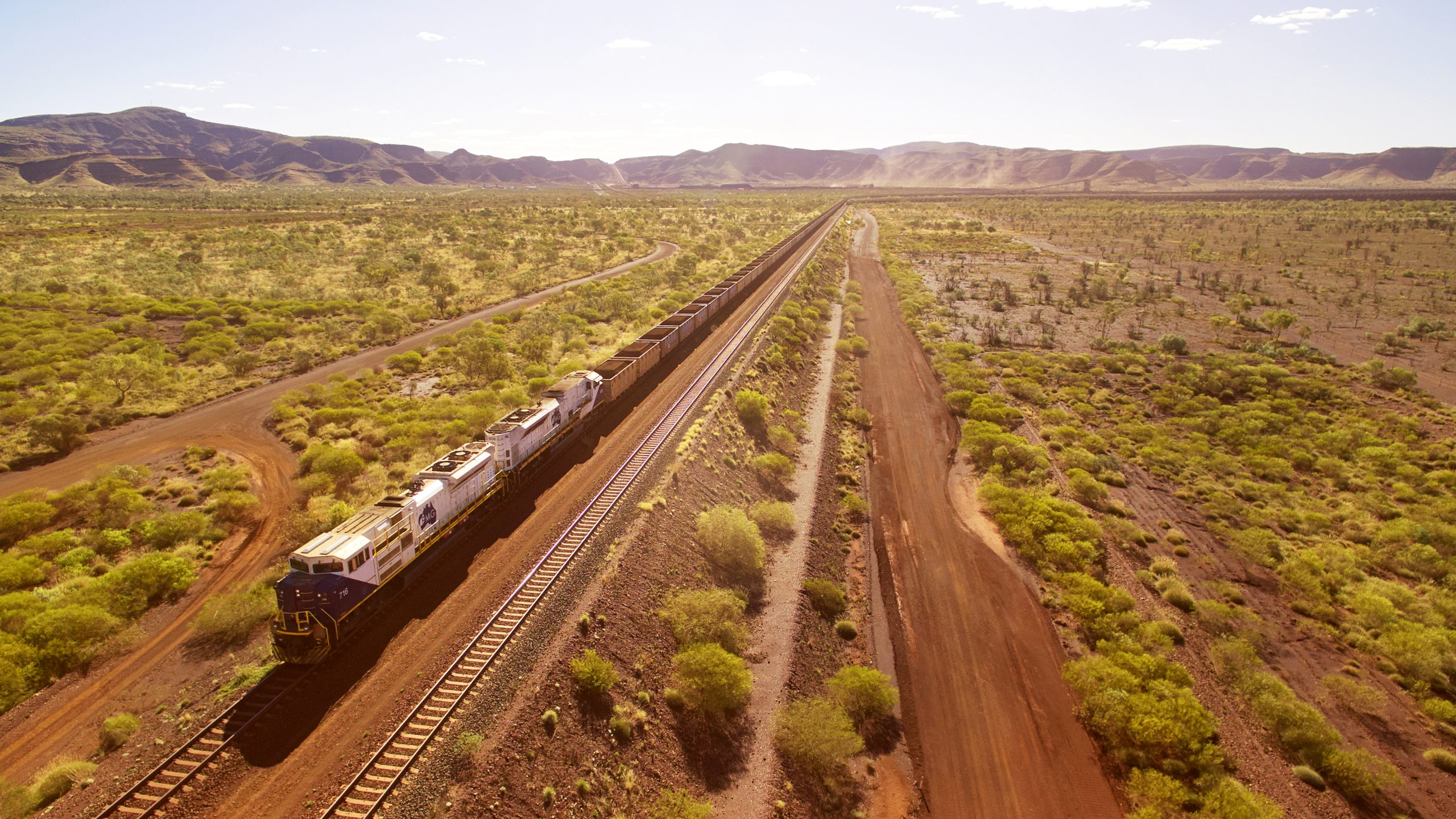I wondered when this would happen somewhere in the world, and here it is!

 www.railtech.com
www.railtech.com

Australian ‘Infinity Train’ uses gravity to recharge batteries
A train on batteries that regenerate automatically sounds futuristic, but is exactly what Australian mining company Fortescue and UK-based Williams Advanced Engineering (WAE) are currently developing. The gravitational…
A train on batteries that regenerate automatically sounds futuristic, but is exactly what Australian mining company Fortescue and UK-based Williams Advanced Engineering (WAE) are currently developing. The gravitational energy from the heavy iron ore load will be used to regenerate the batteries while the train is running

